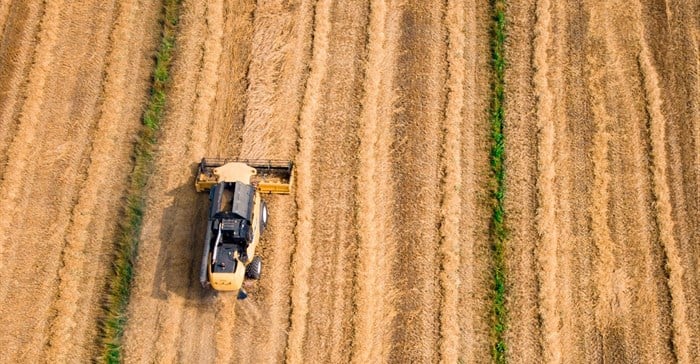
The department’s move follows rains in the region which raised the level of the dam in September from 7% to its current 54%, with the combined levels of dams in the Algoa water system also sitting at 54%. But farmers and the irrigation board, while grateful for the marginal easing of restrictions, maintain that the department could have been more lenient.
“There is more water available, and the allocation could perhaps have been increased to 60%. But we are grateful to the department – and especially to the department’s regional representatives – for fighting to achieve the lifting of restrictions to 40% [of farmers’ annual allocations],” said GIB CEO Pierre Joubert, adding that 200 farmers drew water from the dam.
“If the Algoa system reaches 65%, then all restrictions pertaining to irrigation will be lifted per the government regulations.”
GIB chairman and farmer in the valley Tertius Meyer agreed that the department had erred on the side of caution and could have been more lenient.
“In October 2017, the Kouga Dam was at 12.4% capacity and farmers were allocated 40% [of the usual annual water allocation]. Today the dam is sitting at over 50%, yet they get the same allocation. It just does not make sense,” said Meyer.
GIB financial and HR manager Rienette Colesky said the increased allocation, however marginal, was still welcome.
“The news is welcome,” she said. “Farmers using the Kouga system were under severe stress due to the extremely low water allocation. This will make a bit of a difference and we can all breathe a little easier.”
According to Grewar Oosthuizen, First National Bank’s agricultural manager for the western parts of the Eastern Cape, the easing of restrictions would put farmers in a better position to plant crops and employ more seasonal workers during harvest time.
“An allocation of 40% is more in line with the amount of water allocated last year, and farmers will be able to manage their land better, although the future still depends on how much rain we get in the next few months.”
According to Oosthuizen, the biggest knock-on effect of the restricted allocations could be on seasonal workers and hard-pressed consumers.
“The first thing that happens when a drought grips is that farmers cut back on vegetable production, resulting in products being imported from other provinces at an increased cost,” he said. “This also has a massive impact on seasonal workers, with many breadwinners failing to get work.
“Any water restrictions have a negative socio-economic impact on especially seasonal workers due to smaller crops. At the present allocation of only 40%, this impact is significant.
“However, even if just some farmers decide to start growing cash crops again, seasonal pickers will find work, and with a reduced need to import products, prices could actually drop.”
According to Oosthuizen, banks were aware of the risk of seasonal droughts and assisted wherever possible.
“Banks have a massive interest in farmers’ well-being, but the drought is always a concern in highly intensive farming, so the easing of restrictions will provide some financial relief,” he said.
“Drought is part of normal risk and, while it obviously differs from client to client, the easing of restrictions should make it easier for farmers to access finance.”